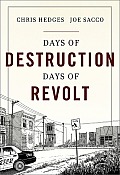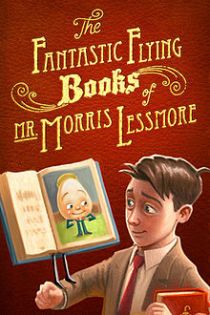Crime and Punishment: the “quintessential Russian novel”
 At least that’s how the study guide website eNotes describes the novel.
At least that’s how the study guide website eNotes describes the novel.
Originally published as a series of magazine stories by a desperately indebted Dostoyevsky who was looking at a stint in debtors prision if he didn’t generate some quick cash, his efforts later morphed into the “quintessential Russian novel.” But its more than a classic. eNotes had this to say about the novel:
It is not, however, a murder mystery: we know the murderer’s identity from the very beginning. Moreover, although Dostoyevsky depicts the crime and the environment in which it takes place with great realism, he is more interested in the psychology of the murderer than in the external specifics of the crime.
According to Penquin.com, the main question the book attempts to answer via the premeditated dispatch of the greedy pawnbroker Alyona Ivnovna and the inadvertent murder of her kind but abused daughter, Lizaveta is, “Can evil means justify honorable ends?”
This question really didn’t sink in for me until roughly the middle of the book, when the crafty investigator, Porfiry Petrovich debates an old article about crime written by Raskolnikov and, much to his surprise, was eventually published. In it, Raskolnikov suggests that “there are certain persons who … have a perfect right to commit breaches of morality and crimes, and that the law is not for them.” (p. 259)
In the article, Roskolnikov, a former law student, argues that the world is divided into two classes of people. The first are “ordinary” people who live submissive lives and must obey the law. The second type are “extraordinary” people, who, under certain circumstances have, he argues, an “inner right to decide in his own conscience to overstep … certain obstacles,” that is, the law, if it serves the greater good of humanity. (pp. 259-260)
The story is as incredible in its breadth of plot, character and story development, as it is in its philosophical debate. As the Penguin study guide asks, who is the real criminal?
Marmeladov, for abandoning his family? Luzhin for exploiting Dunya? Svidrigailov for murdering his wife? Sonya for prostituting herself? The greedy pawnbroker whom Roskolnikov murdered? Or, to turn the question around: Who among us is not a criminal? Who among us has not attempted to impose his or her will on the natural order?
Finally, in novels, character names often have symbolic meaning. Crime and Punishment is no different, although the significance of the Russian character names was certainly lost on me. Here are the name-translations of some of the major characters in the story, taken from this Vermont college website.
Raskol’nik – schismatic
Luzha – puddle
Razum – reason, intelligence
Zametit’ – to notice
Marmelad – sort of sweet candy
Svidrigaïlov – name from the medieval Russian history, Lithuanian prince
Although it started out ponderously slow, the book turned into a page-turner for me. Here are some reading resources that might help us answer some questions as they are presented in this Dostoevsky classic.



